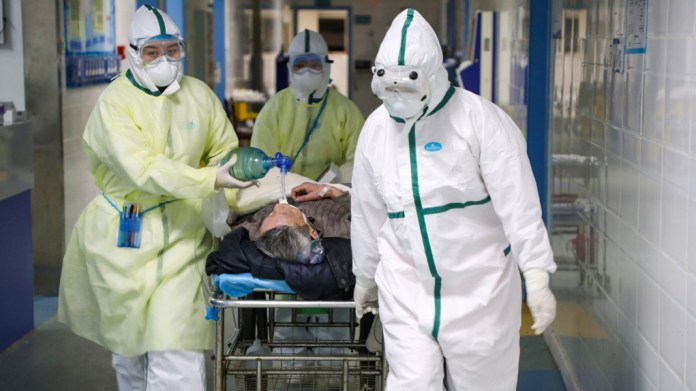Covid third wave looms, may peak in October, hit kids: MHA panel to PMO

New Delhi: A committee of experts constituted under the National Institute of Disaster Management (NIDM) has warned of an imminent third wave of Covid that could peak around October and sought better medical preparedness for children who might be at similar risk as adults.
The report of the committee, set up on the directions of the home ministry, has noted that “paediatric facilities — doctors, staff, equipment like ventilators, ambulances, etc. are nowhere close to what may be required in case a large number of children become infected”. The report has been submitted to the PMO.
The report has called for prioritising vaccination among children with co-morbidities and a special focus on those with disability. Even with “strict interventions”, the peak of the third wave is expected to arrive by late October, the experts have concurred with earlier assessments of different institutions. Several studies have spoken of the likelihood of a third wave but these are estimates.
The vulnerability of children as they have not been vaccinated have been discussed with most experts of the view they are not prone to severe infections though that can pass the virus to others. Other estimates have said the third wave, seen to be the result of renewed mobility, may prove to be less severe than the second.
The study: “Third Wave Preparedness: Children Vulnerability and Recovery,” has looked into the possibility of Covid-affecting children and the required strategies to deal with the pandemic.
The recommendations made by the committee has suggested “a holistic home care model, immediate increase in paediatric medical capacities and prioritising mental health issues among children”. It has mooted structuring of Covid wards in a way that allows children’s attendants or parents to safely stay with them through their recovery.
The experts have expressed concern about 82% shortage of paediatricians in primary health centres and 63% vacancies in community health centres (the data cited from a parliamentary standing committee). “Therefore, the situation is already dire, and might worsen due to lack of adherence to Covid Appropriate Behaviour (CAB), insufficient medical facilities and lagging vaccination,” the report has warned.
It pointed out how during the second wave, about 60%-70% children hospitalised due to Covid had comorbidities and their low immunity was the primary cause behind many developing MIS-C (Multi-system Inflammatory Syndrome), a “rare but extremely serious condition” developed post-Covid recovery.
“Preparedness is the key, learning from the past two waves. We need to take proactive actions now in anticipation of the third wave. States may start enhancing paediatric Covid care facilities for treatment, ICU, paediatric ambulance, medicine, including paediatricians,” said Santosh Kumar, coordinator of the committee of experts and professor head of governance and public policy at NIDM.
The report has said that the third wave is already upon us if we look at the rising R value, the reproduction rate of Covid-19 that has increased from 0.96 to 1 over the last week of July.
“Kerala, which is reporting a high daily caseload of Covid infections (around 20,000 daily cases), is currently showing an R value of 1.11. This indicates that a third wave is upon us and these indicators must not be ignored,” experts have warned.
The committee of experts included Dr Anurag Agarwal, director of CSIR-IGIB; Dr M C Mishra, ex-director of AIIMS; Dr Naveen Thacker, president of the Indian Paediatricians Association; Dr Gagandeep Kang, prof of CMC, Vellore and Dr A K Pandey, chairman of state monitoring committee on shelter for urban homeless.
The third wave can complicate the situation with “the new and more virulent mutated variants of SARS Cov-2 that have the ability to escape immunity from earlier infections and in some cases even the prevalent vaccines”. The report said this has pushed the target immune population for achieving herd immunity to 80%-90%.
The NIDM report has also expressed concern about the “slow rollout” of vaccines which is seen as the only way out of this pandemic. India’s vaccination rate is at 9% compared to the USA’s 52% (fully vaccinated), the report said.
The committee of experts has called for “a scientific approach coupled with focused public spending” to deal with pandemic management.
“There is a huge gap between urban and rural India in terms of awareness, digitisation and medical facilities. It seems like the pandemic outbreak has only exacerbated social inequities and highlighted shortcomings of our society,” the report said.





